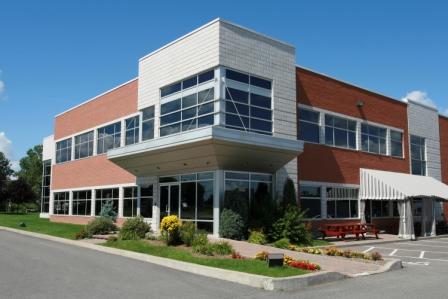I am a hospitalist in a small community hospital in the San Francisco Bay Area. From our first COVID-19 patients off of the infamous Grand Princess Cruise ship – when we knew nothing about this dreaded virus – until now, our knowledge hasn’t made many meaningful strides. Most tools and treatment strategies are still in their infancy. The most effective mitigation strategy – the “Golden Rule” – thus far is: Stay home. Unfortunately, this is a privilege not available to me – and many hospitalists – amidst surge planning.
CDC data from February to March 16 reported hospitalization rates were highest for our elderly. 11-31% of hospitalized elderly in the age group of 75-84 years of age risked an admission to ICU in contrast to a risk of only 2-4% for adults aged 20-44 years. The same data reported 34% deaths among adults aged ?85 years, 46% among adults aged 65–84 years and 20% among adults aged 20–64 years.
Until reading these statistics, I had felt reassured in my age and excellent health. As time went by and more data arrived, my reassurance waned. Last week, I heard Dr. Anthony Fauci, the leading infectious disease expert in the country, on television laying out an expected death toll due to coronavirus to the tune of 100,000 to 240,000 in the US. In the next few days, I was to learn that 5 hospitalist physicians within my medical group and one outside had tested positive for the virus. As I watched the epidemiological curve grow steeper, I found myself shifting my probability curve of acquiring the infection and disease to “likely.”
In my mind, I started preparing the best and worst possible scenarios. I heard myself saying, “You could die!” Death, so alien to my inner core, even though I have seen it innumerable times! Death, who I have thanked in the past for coming to the rescue of suffering patients in agony when medical science just watched silently.
The thought appeared so painful and unbearable that I rejected it immediately. I felt too young and healthy to die. I can’t die. Not yet! I felt the solace of best-case scenario for me: asymptomatic or mild disease with full recovery. After all, four out of our five patients had survived, despite three of them being admitted to the ICU. And, several positives were recovering at home. I felt better. I needed to feel better; there did not seem to be another option. I wanted to give hope to myself, to my worried family and friends, to the staff and to the patients. They were looking up to me.
With this came the promise that I would never compromise on PPE, hand and workplace hygiene and my own safety. “What if I bring this infection home?” I hear myself asking myself every single day. I think about my oath of “Primum non nocere,” meaning “First, do no harm.” Does this apply to my situation where I come home each day with a potential to carry infection to my family? What if…? I shudder at the thought. My children and my aging parents need me. As do my patients, my colleagues and the medical community that I’m a part of. They are all counting on me! They want me to look after myself and be the hope that I can offer to them and to our patients. And I vow to deliver! Isn’t that why I became a doctor? I tell myself it would be cowardly to throw in the towel for fear of bringing the infection home. Primum non nocere does not apply to my family and loved ones amidst a pandemic. I realize this agonizing reality… and mutter a small prayer.
“Be careful and do the best you can,” I remind myself as I enter my patient’s room. I remind the same to the bedside nurse who is the first and omnipresent responder to my patient. The nurse is also a parent, a spouse, a child. I try to hide my anxiety. My attitude will be quickly absorbed while they watch me intently as I put on and take off my PPE. I find myself spending more time with the bedside nurse than with the patient. We grieve together. We reassure each other. We talk about the fears and hopes we share, and we promise each other solidarity. We promise to not compromise on PPE and our safety ever. We thank the housekeeping staff, nutrition services, respiratory therapists, physical and occupational therapists: the unsung heroes, doing a thankless job, coming in harm’s way each day.
We feel closer to each other than ever. We need each other in this long war. I salute all my colleagues who are fighting alongside each other. We pledge to be safe and protected. We need this to claim victory.



Dear Friend,
Salute to your courage and efforts you and team are putting into this crisis’s. Thanks to all unsung heroes, We are all praying for your safety.
God bless all!!
Stay home stay safe.
Your words resonate in a global dimension. Thanks for your hard work and positive attitude.
Wish you all the best.. you are our frontline
Courageous n brave Navi….
We wish good health to all of you n pray for you
May God bless you
Thank you for your constant efforts
Beautiful words. Thank you for being there. You truly are a vital light of intelligence and compassion.
I told your son that you are one of the angels, and your article has confirmed that is true. Thank you for your brave and selfless work. May our world be whole and healthy again soon.